What is a PCR work cabinet?
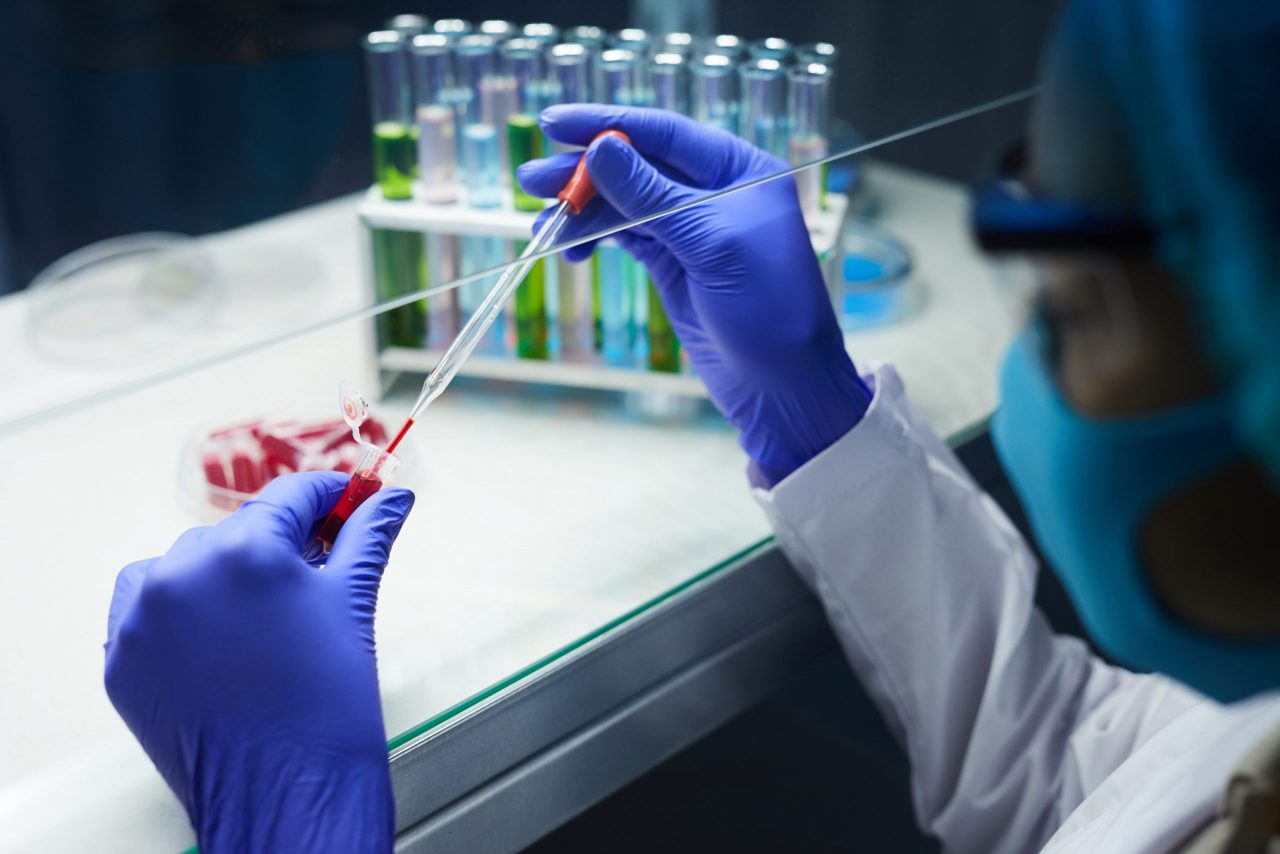
The polymerase chain reaction (PCR) is a laboratory technique used to amplify DNA sequences. The method uses short DNA sequences called primers to select the part of the genome to be amplified. The temperature of the sample is raised and lowered repeatedly to help the DNA replication enzyme duplicate the DNA sequence that is being copied.
Refrigerators and Freezers – Vaccine Storage Units
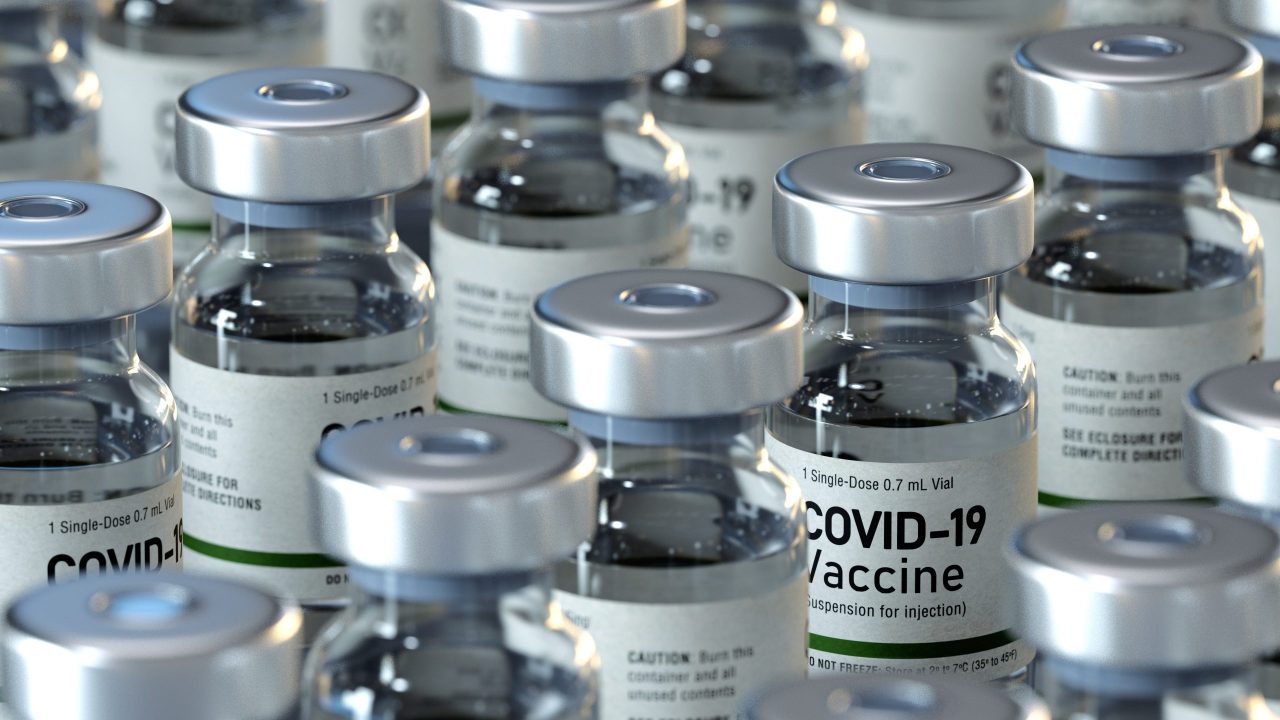
Safe storage of vaccines is a crucial component of protecting patients from disease. If vaccines are not stored properly, the patient’s confidence in the vaccine schedule can be lost.
Hematology analyzer vs. biochemical
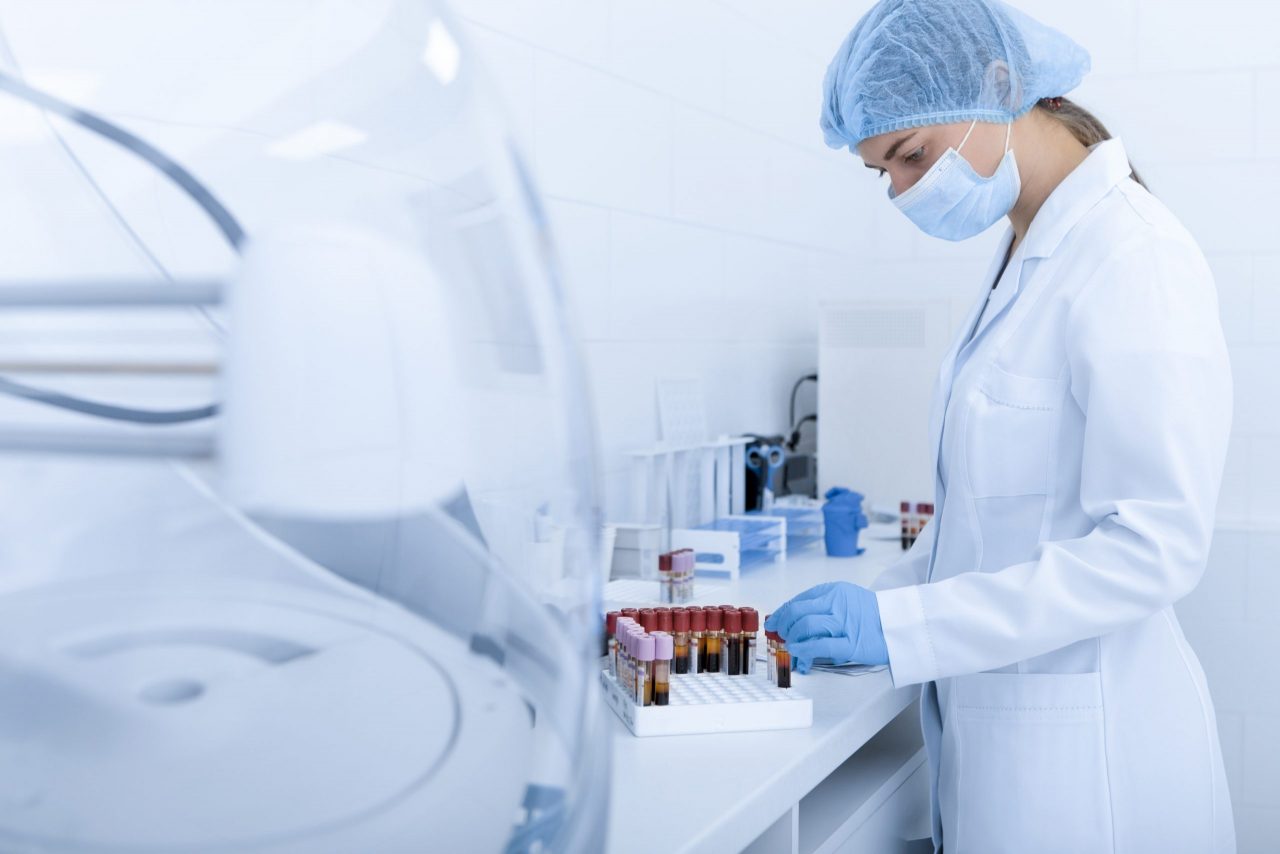
A hematology analyzer or hematology analyzer is a device that allows you to perform a complete blood count. In other words, it performs a qualitative and quantitative analysis of red blood cells (erythrocytes), white blood cells (leukocytes), and platelets (thrombocytes).
What is an Autoclave for a dental clinic?
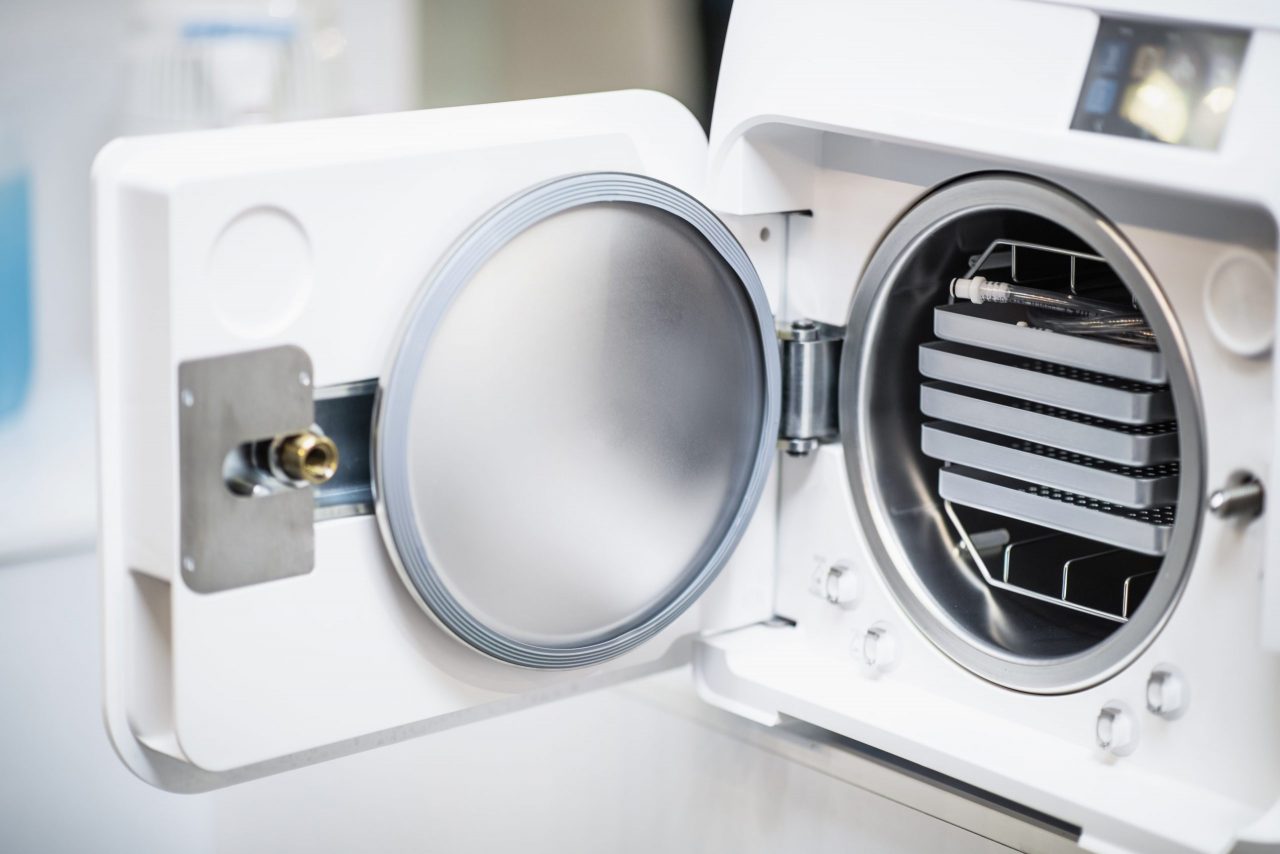
An autoclave is a fundamental piece of equipment to guarantee the safety of patients and professionals in dental clinics through the sterilization of dental instruments. Given its importance in the daily work of dental professionals, it is vital to know what type of autoclave is the best and what aspects should be taken into account when choosing it.
How does immersion oil work?

Optical microscopes use two basic types of objectives: dry objectives and immersion objectives. These two types of objectives differ depending on the medium between the specimen and the objective lens. In the case of dry objectives, there is no medium between the sample and the objective other than air. Immersion objectives, on the other hand, are designed to observe the sample through a layer of immersion medium that normally consists of oil. This means that just the right amount of oil needs to be placed between the coverslip that protects the specimen and the objective lens.
How does a phase contrast microscope work?
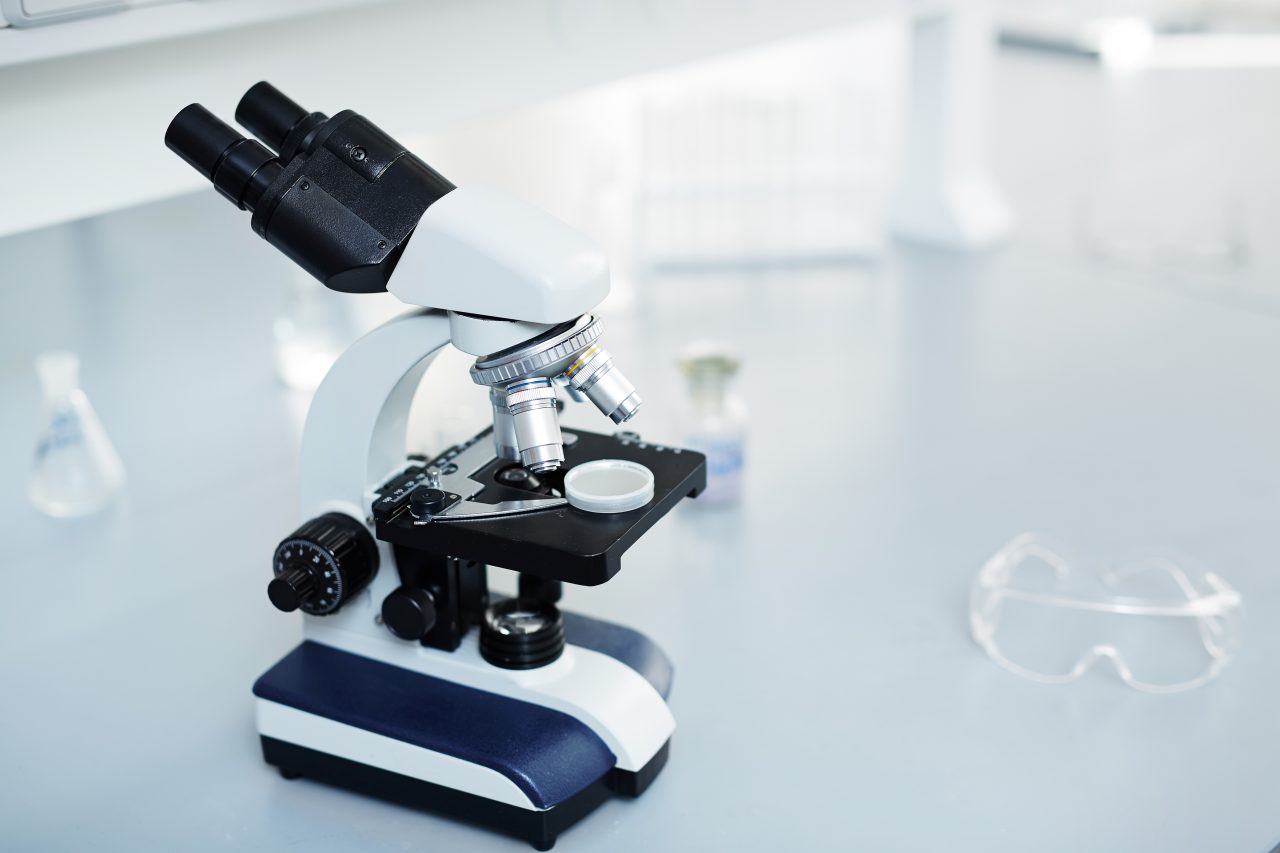
The phase contrast microscope is a type of microscope that allows you to observe live samples without using staining techniques. This microscope is based on the existence of a phase difference between the different light waves that pass through the sample to generate the image of the observation.
pHmeter: Technology and accuracy
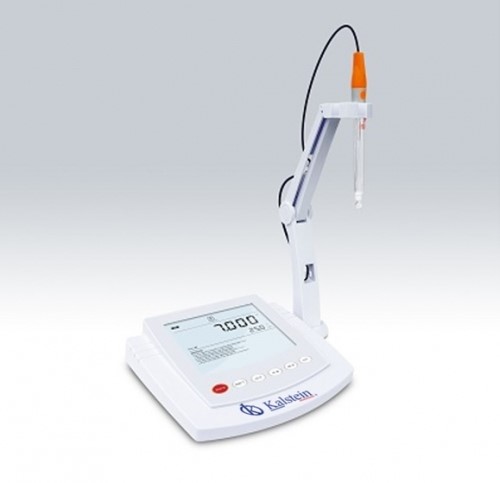
The measurement of pH (hydrogen potential) in the laboratory is one of the most important parameters that are performed for quality control and, according to specialists in the field, it is the second most important after temperature. The determination of the pH has a great field of application: research, industry, teaching, among others. In laboratories where it is relevant to know the potential of hydrogen, a pH measuring device will always be found as a primary instrument.
Care and Calibration of your pH meter
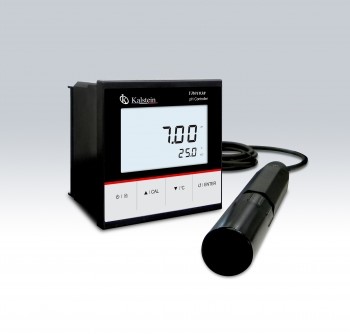
A pH meter or pH meter is a scientific instrument that measures the activity of the hydrogen ion in aqueous solutions, indicating its degree of acidity or alkalinity expressed as pH.
The Incubators: An Ideal Atmosphere
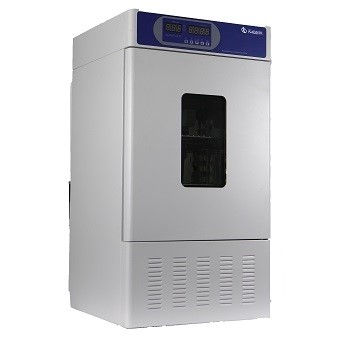
The incubator is a device that uses various means of heat transfer and environmental control, to obtain conditions under which specialized laboratory procedures can be performed. In general, they have a system of electrical resistances that are controlled by devices such as thermostats or microprocessed controls. As for heat transfer systems, incubators basically use conduction and natural or forced convection.
What is a Laboratory Incubator?
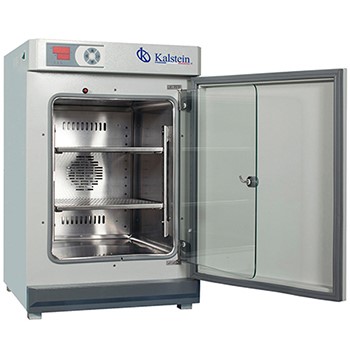
The laboratory incubator is a piece of equipment used to maintain microbiological and cell cultures. How is this achieved? The incubator has the ability to maintain optimal temperature and humidity, as well as the levels of carbon dioxide and oxygen that may be present in the incubator.
